Which Switches Are Best for Kitchens and Bathrooms?
- Electrical, HPL India, Switches
- September 26, 2025

If there are two rooms where your switches are tested the most, it’s your kitchen & bathroom. Think about it: moisture from steam, splashes of water, grease, and constant usage. These conditions wear out ordinary switches faster, increase chances of shocks & even lead to costly appliance damage. Picking the right switch here is less about style and more about safety, durability & convenience. Let’s look closely at what really works best in these spaces.
Everyday Electrical Challenges in Wet Zones
Most people notice their switches becoming sticky or dull in a year or two, but the actual issues run deeper:
- Moisture and steam create tiny droplets inside switchboards, leading to corrosion and short circuits
- Grease and soot in the kitchen coat the switch surface making it unhygienic and difficult to press
- Heat from cooktops causes cheaper plastics to warp or discolor
- Heavy daily use especially for appliances like kettles, heaters, or geysers weakens contacts quickly
- Overloaded sockets often trip & even burn out when high-power appliances share a circuit
These are not small inconveniences. They directly affect safety and comfort in your daily routine.
The Must-Have Features for Kitchen and Bathroom Switches
When selecting switches for kitchens or bathrooms, these are the non-negotiables:-
- Water and moisture resistance so they don’t get damaged by steam or splashes
- Built-in safety protection to cut off power instantly in case of a fault
- Separate wiring for heavy appliances like ovens or geysers, to avoid overload
- Strong, long-lasting sockets that can handle everyday use without burning out
- Easy-to-clean designs with smooth or screwless finishes that don’t trap dirt or grease This checklist can save you from years of problems down the line.
For Kitchen
Every kitchen has its rhythm. For heavy-duty kitchens with ovens, induction cooktops & dishwashers always go for dedicated wiring. This helps you cut the power whenever needed.
For regular family kitchens that use toasters, mixers, and kettles daily use high-current sockets (16A or 25A) with child-proof shutters. These are ideal for such cases. Look for contacts made with corrosion-resistant metals. They keep the switch responsive despite humidity and oil particles in the air.
And for hygiene, modular switches with smooth glass or matte finishes are easy to wipe down. Pair them with surge-protected power strips for fridges and microwaves to prevent damage during voltage spikes.
For Bathroom
Bathrooms demand even stricter safety standards. Keep switches outside shower or basin splash zones wherever possible. For geysers, use proper circuit protection. All bathroom lighting and exhaust fans must run on a protected circuit to cut power instantly in case of leakage. If a switch must be inside, it should be IP-rated to withstand water splashes. This is the single most effective way to reduce electrical hazards in bathrooms.
Our Commitment to Safer Kitchens and Bathrooms
Switches are not just about turning appliances on and off. They are the first line of defense for your safety. Kitchens and bathrooms put switches under extreme stress, so investing in
high-quality modular and safety-tested designs pays off in the long run. At HPL India, we take pride in being one of the top private electrical companies in India, trusted by families and businesses alike.
As one of the most reliable names among electrical companies in India, our focus has always been on designing products that stand strong against moisture, heat, and heavy usage. With us, you don’t just get a switch company in India, you get a partner that ensures your home stays safe, functional, and future-ready.
FAQs
Q1. Can I use normal switches inside a bathroom?
No, switches inside bathrooms must be IP-rated to withstand moisture and reduce shock risk.
Q2. Why do kitchen sockets burn out quickly?
Most sockets fail because heavy appliances are run on regular circuits. High-power devices need dedicated lines and stronger sockets.
Q3. How often should I replace switches in wet areas?
If you choose the right modular and IP-rated switches, they can last over 10 years. Replace only when there’s visible wear or malfunction.
Enquire Now
Categories
Post
-
 Affordable LED Bulb Ideas to Upgrade Your Home Decor20 Nov 2025
Affordable LED Bulb Ideas to Upgrade Your Home Decor20 Nov 2025 -
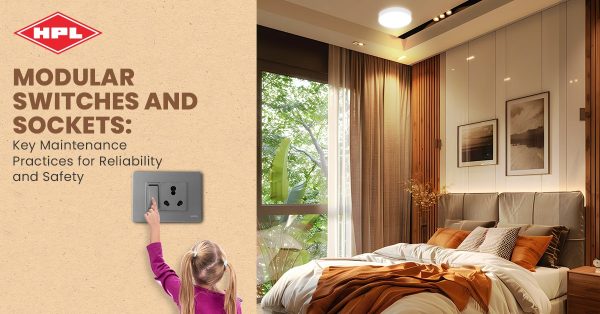 Modular Switches and Sockets: Key Maintenance Practices for Reliability and Safety15 Nov 2025
Modular Switches and Sockets: Key Maintenance Practices for Reliability and Safety15 Nov 2025 -
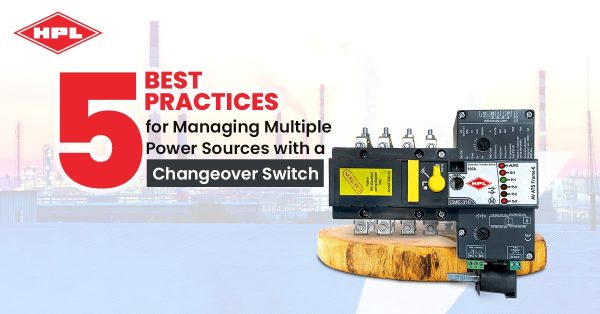 5 Best Practices for Managing Multiple Power Sources with a Changeover Switch15 Nov 2025
5 Best Practices for Managing Multiple Power Sources with a Changeover Switch15 Nov 2025 -
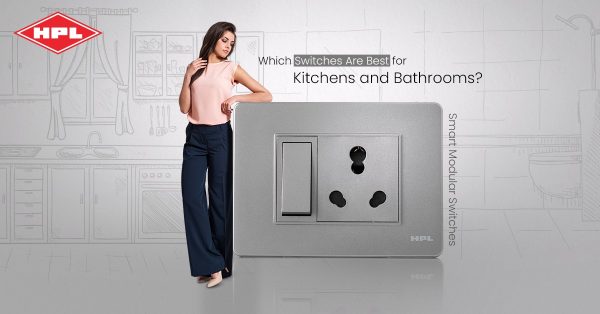 Which Switches Are Best for Kitchens and Bathrooms?26 Sep 2025
Which Switches Are Best for Kitchens and Bathrooms?26 Sep 2025 -
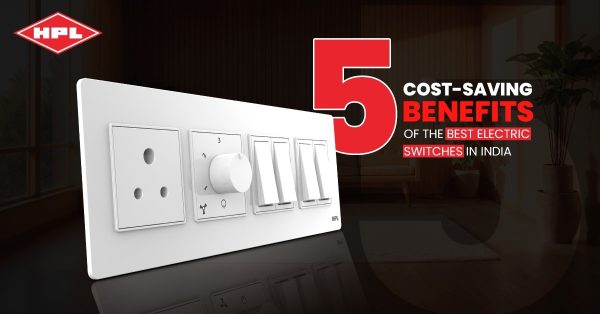 5 Cost-Saving Benefits of the Best Electric Switches In India15 Sep 2025
5 Cost-Saving Benefits of the Best Electric Switches In India15 Sep 2025 -
 Are Industrial LED Floodlights Worth the Investment?30 Aug 2025
Are Industrial LED Floodlights Worth the Investment?30 Aug 2025 -
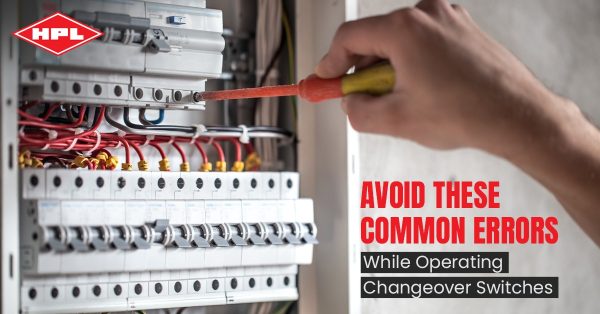 Avoid These Common Errors While Operating Changeover Switches24 Jul 2025
Avoid These Common Errors While Operating Changeover Switches24 Jul 2025 -
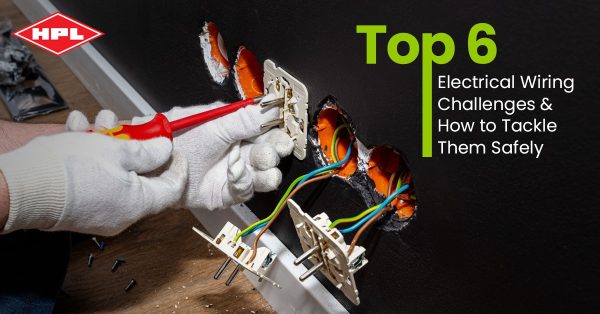 Top 6 Electrical Wiring Challenges & How to Tackle Them Safely21 Jul 2025
Top 6 Electrical Wiring Challenges & How to Tackle Them Safely21 Jul 2025 -
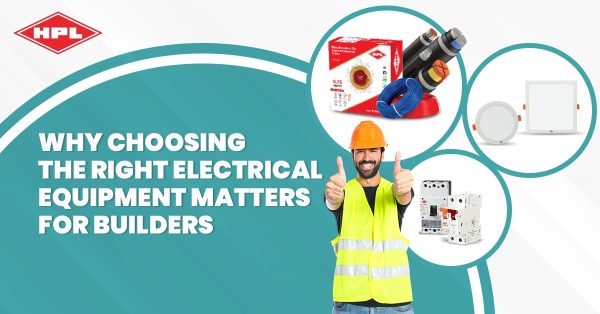 Why Choosing the Right Electrical Equipment Matters for Builders09 Jun 2025
Why Choosing the Right Electrical Equipment Matters for Builders09 Jun 2025 -
 Importance of Fire-Retardant Modular Switches For Home26 May 2025
Importance of Fire-Retardant Modular Switches For Home26 May 2025 -
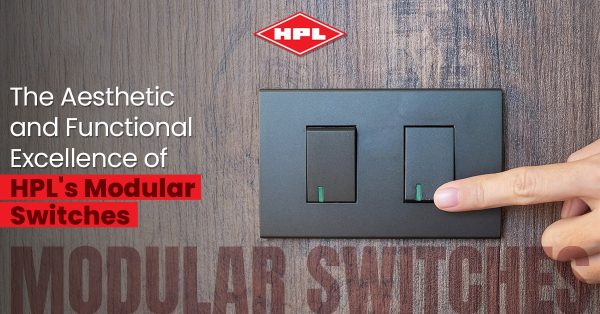 The Aesthetic and Functional Excellence of HPL's Modular Switches17 May 2025
The Aesthetic and Functional Excellence of HPL's Modular Switches17 May 2025 -
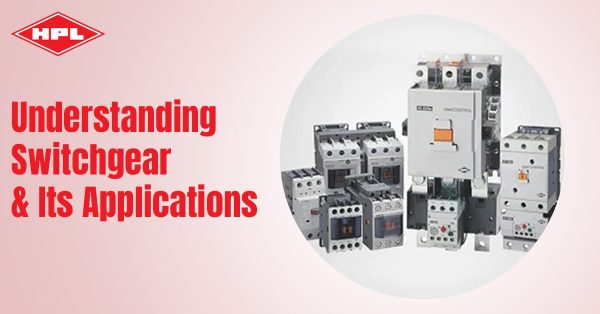 Understanding Switchgear & Its Applications14 May 2025
Understanding Switchgear & Its Applications14 May 2025 -
 5 Safety & Compliance Essentials for Modular Switches And Sockets in Industrial Setups14 May 2025
5 Safety & Compliance Essentials for Modular Switches And Sockets in Industrial Setups14 May 2025 -
 How to Choose the Right Changeover Switch for Industrial Applications02 May 2025
How to Choose the Right Changeover Switch for Industrial Applications02 May 2025 -
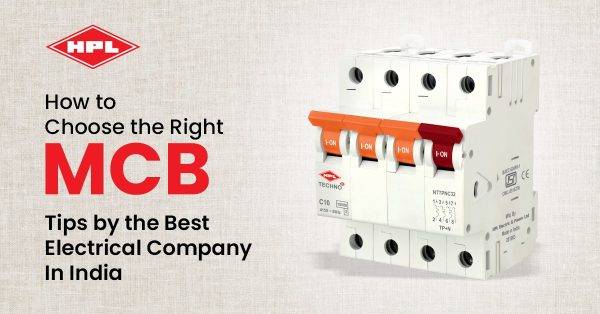 How to Choose the Right MCB: Tips by the Best Electrical Company In India14 Apr 2025
How to Choose the Right MCB: Tips by the Best Electrical Company In India14 Apr 2025 -
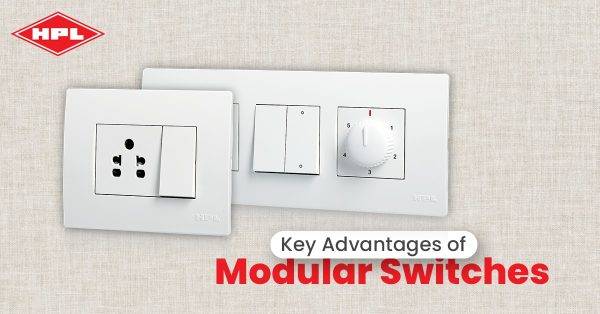 Key Advantages of Modular Switches11 Apr 2025
Key Advantages of Modular Switches11 Apr 2025 -
 HPL Electric: Powering India’s Growth with Cutting-Edge Electrical Solutions05 Apr 2025
HPL Electric: Powering India’s Growth with Cutting-Edge Electrical Solutions05 Apr 2025 -
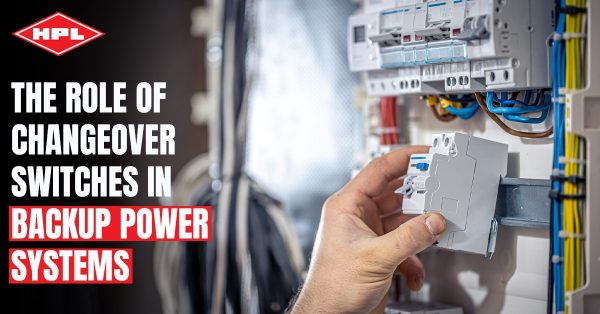 The Role of Changeover Switches in Backup Power Systems01 Apr 2025
The Role of Changeover Switches in Backup Power Systems01 Apr 2025 -
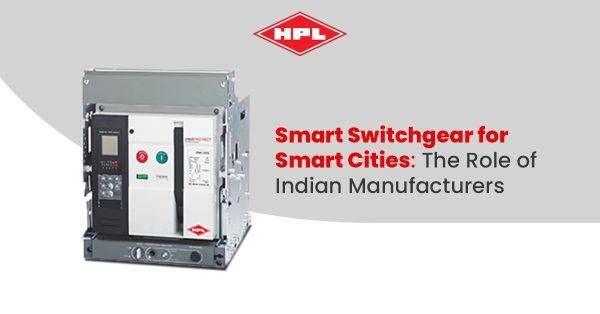 Smart Switchgear for Smart Cities: The Role of Indian Manufacturers08 Jan 2025
Smart Switchgear for Smart Cities: The Role of Indian Manufacturers08 Jan 2025 -
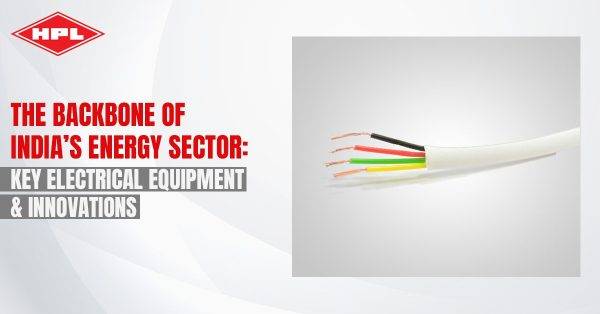 The Backbone of India's Energy Sector: Key Electrical Equipment and Innovations08 Jan 2025
The Backbone of India's Energy Sector: Key Electrical Equipment and Innovations08 Jan 2025

